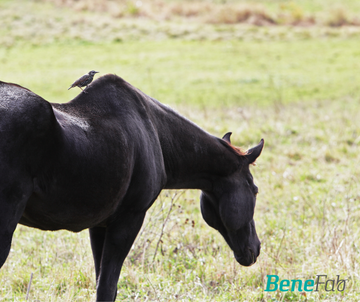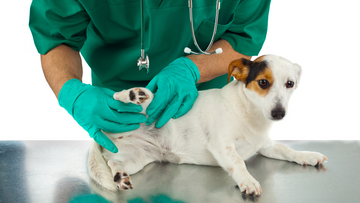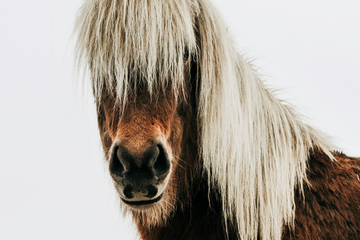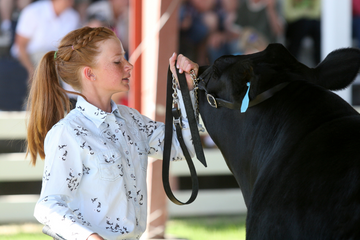Lordosis, commonly known as 'swayback', is the weakening of a horse’s supporting ligaments along the spine.
Many different causing factors can lead to swayback such as genetics, age, conformation, pregnancy, excessive strain on the back and/or a lack of exercise. There is no permanent cure for swayback however there are different exercises and precautions that can be taken to strengthen a swayback horse.
Listed below are five methods which you can easily do at home to help your horse.
5 Methods to Strengthen a Swayback Horse:
- Correctly Longeing your horse at a working walk or trot encourages the horse to drop their head, relax the spine and round their back. This can also be achieved through effective groundwork and is a very good exercise for a horse with a swayback. When longeing the horse, the horse must move forward with enough impulsion to stretch his legs under him and round his back to separate the vertebrae and strengthen their core muscles.
- Ground driving is an in-hand technique where the horse is equipped with a surcingle, bridle, and a pair of long driving reins. Ground driving is a good alternative for riding a horse with a weak back. The handler will hold the reins and walk behind the horse to drive him forward. This will encourage the horse to swing and lift his back while engaging his abdominal muscles.
- Cavaletti work involves riding the horse over ground poles. This encourages the horse to lower his head and lift his back and can also be done on the ground (out of the saddle). The cavalettis help improve balance, flexibility, timing and strength.
- Carrot stretches help to stretch a horse’s spine and surrounding ligaments. Simply hold a treat (such as a carrot) close enough to the horse’s mouth where he or she will stretch to reach it. Move the treat around the horse’s body (i.e. toward a shoulder, elbow, or hip). This will help your horse use his or her full range of motion by stretching and relaxing the body. *Helpful hint: Always stretch both sides equally, and if someone is there to document progress via a phone recording, it can be very rewarding to see how your horse's flexibility improves over time.
- Using properly fitted equipment on your horse will help them tremendously. It will help to properly distribute weight on your horse’s back while riding and keep from pinching or irritating your horse’s muscles.
Many times, swayback horses can struggle with back soreness—especially during the strengthening stages for pre- and post- exercise. Our clinically proven, patented Benefab® Rejuvenate SmartScrim is made up of ceramic nano-particles with 90 Medical-Grade magnets sewn over pre-determined acupuncture points. The fabric emits far-infrared rays keeping back muscles supple and relaxed, while the magnets provide a targeted therapy to essential points. Overall, it helps harmonize bodily functions safely and naturally stimulating recovery time, promoting blood circulation, increasing oxygen flow, and ultimately reducing pain and stiffness. The material is breathable with wicking qualities and is water resistant for easy cleaning.
Although there is no cure for swayback, it can be controlled and prevented from getting worse.
For more information on swayback, click here or watch the quick video below.
Watch 5 Ways to Strengthen a Swayback Horse:





















